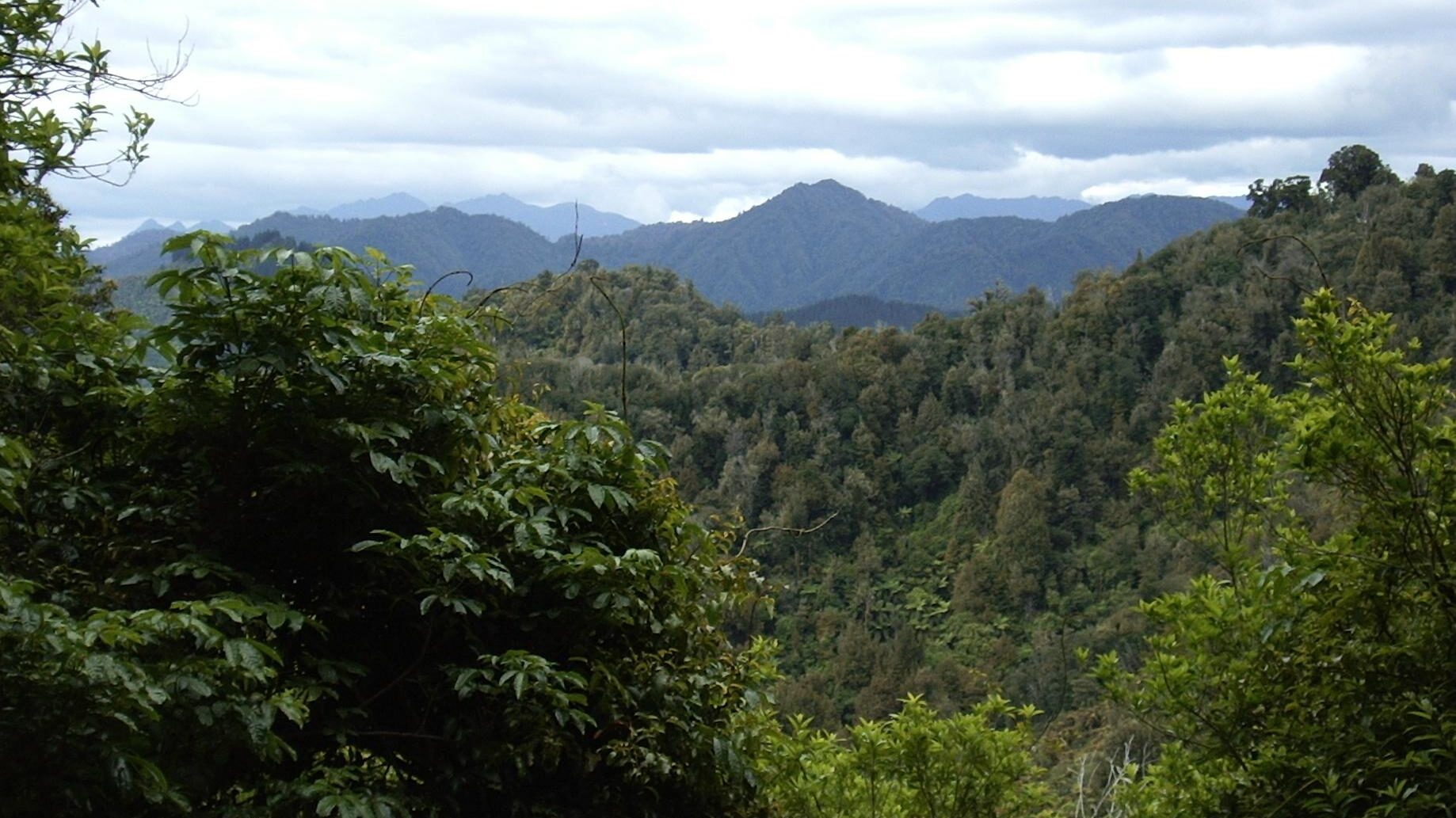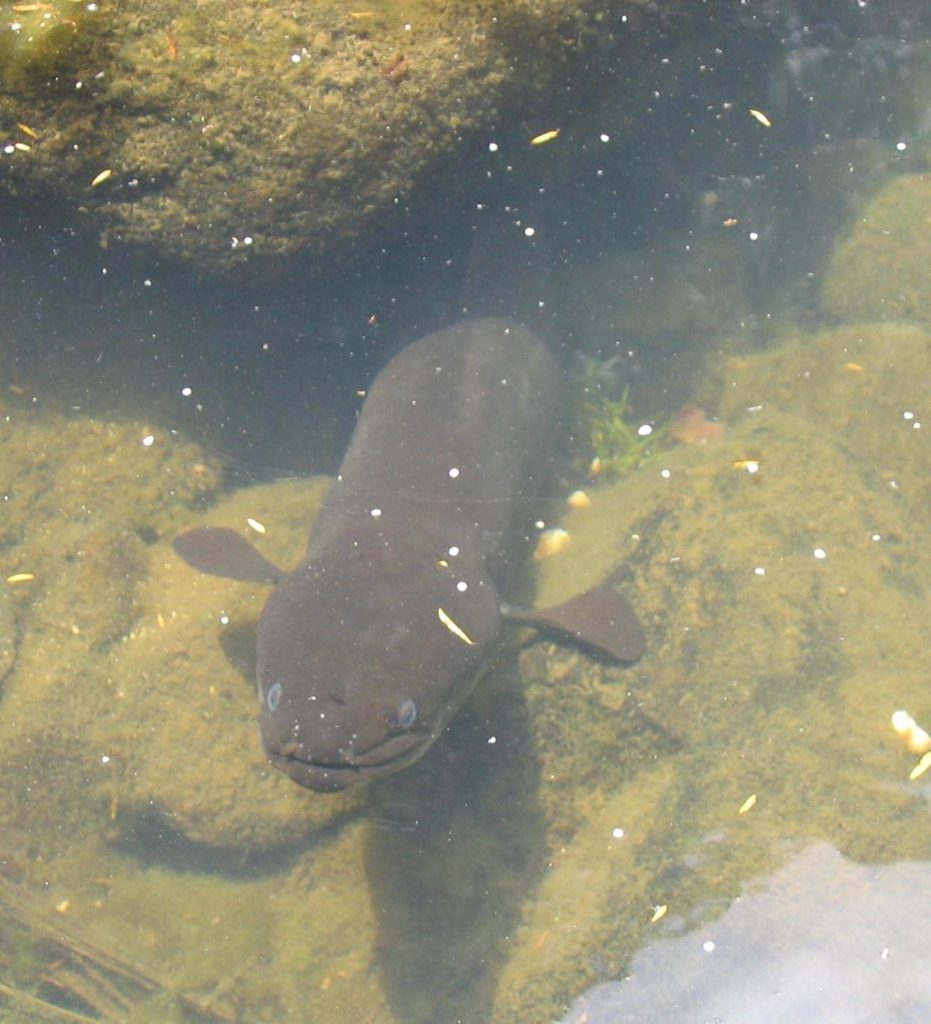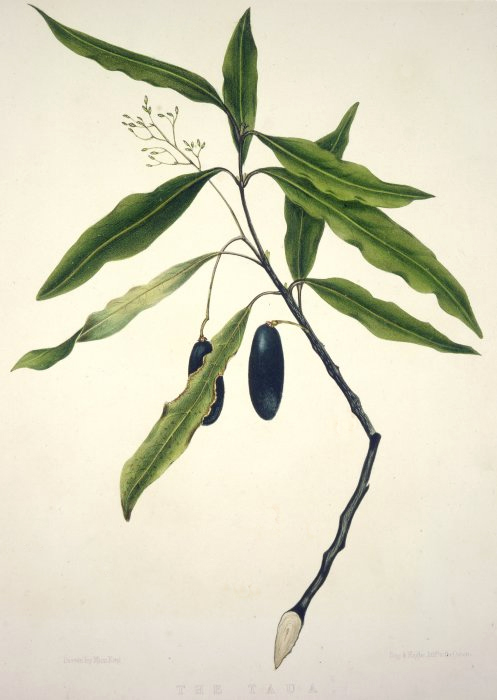Researchers from Landcare Research and Tūhoe Tuawhenua Trust recently worked together to look at community-based monitoring by Māori to assess forest health. They talked with 55 forest users from the Tuawhenua tribal group, carrying out 80 interviews in both Māori and English, over a period of 10 years, to get a better understanding of Māori worldview and how Māori relate to and understand the environment. The study has been published in Biodiversity and Conservation.

While the aim of the project – to develop a Māori community-based forest health monitoring system – is interesting in itself, what is particularly fascinating, is to listen directly to the voices of those interviewed as they remember how the forest used to be and the changes they have seen.
The researchers identified forest health indicators grouped within 9 culturally relevant themes:

- food procurement (mahinga kai),
- natural productivity (hua o te whenua),
- nature of water (āhua o te wai),
- nature of the land (āhua o te whenua),
- nature of the forest (āhua o te ngahere),
- perpetual occupation of land and place (ahikaaroa),
- spiritual dimension (taha wairua),
- physical health (taha kikokiko), and
- mental health (taha hinengaro).
“Three independent rounds of interviews were conducted between 2004 and 2014 and focused on aspects relating to Te Urewera and the Tuawhenua peoples’ use and relationships with the forest. The underlying context for the interviews was to record mātauranga that would contribute to future management of the forest by the tribe. All interviewees were originally from Ruatāhuna or had lived in the community for over 35 years. Participants were then selected based on their current or past use of the forest and who possessed knowledge and experiences relating to the forest. In total, we interviewed 55 individuals (n = 80 interviews) in both Māori and English. All interviews conducted in Māori were transcribed and translated into English, and verified by local practitioners fluent in the local Tūhoe dialect.”
Here are extracts of what some of those interviewed had to say:
Te Mahururangi Te Kaawa (2014)
Food harvesting is our world. Going to the bush to hunt for pigs, eeling at night or during the day, and other methods of gathering wild foods is a great passion of mine. There wasn’t one task that was greater than the other because each season produced different foods accordingly. Therefore, everything was on time for harvest like chasing pigs, deer and activities like eeling. The seasons didn’t overlap with each other. That’s how I see it. (translated from Māori).
Tahae Doherty (2014)
Our forest has changed significantly over time. In the past there weren’t many animals in our forest, there were pigs and deer but that was it. I’m talking about the years beyond 1945… There were a lot of pigs at that time; however, those pigs didn’t dig up the land and forest like today’s pigs. So the question arises,… what has changed? In those days the fruit of the trees [dropping to the forest floor] were plentiful and the pigs didn’t need to dig for their sustenance due to the abundance of fruit and the lack of competition. Then came the introduction of other animals that devoured the fruits of the land and hence the pigs started to dig underground for their food source. The deer went through the same process, when they first arrived there was a bounty of small trees and other food sources now those have gone. The deer today have resorted to eating the bark of the smaller trees because those trees have grown bigger and the outcome is that those trees will die. Those are some of the changes that have occurred over time (translated from Māori).
Menu Ripia (2014)
It isn’t like the old days when the beautiful thunderous sounds of the birds were consistently heard. It may well be that I have lost the skills of listening to the sounds of our forest? Nevertheless, I have noticed the great declines in our birds from the times when we grew up. There was always a consistent uproar of birds singing in our forests. When we journeyed into the forest with our father he would dismount to give his horse a rest and, he would tell us stories pertaining to the different species of birds and trees in our environment. I remember one particular time he says ‘‘Listen! Listen to what is going on in the forest. Can you hear the birds?’’ He would add, ‘‘You aren’t listening to the language of the trees and the birds.’’ I couldn’t make any sense of it at the time and I would think to myself, now how would I know what the trees are saying? The language of the trees can be heard if you listen carefully. In those days I thought it was only the rustling of the leaves while the wind blew. But I do believe that the forest isn’t as healthy as it used to be.
The places I travelled in the past to pick pikopiko [shoots of the hen and chicken fern], the mauku grew in abundance all over the place. That was 20 years ago. Every year I would return to those particular areas to pick pikopiko while I was living in Te Waiti and in the last couple of years I have noticed the mauku have diminished quite significantly. Waiongaonga was a place I frequented to pick pikopiko and they grew beautifully up there. Many years later I went back and I was shocked to see that there were no more mauku growing there. I thought to myself, the mauku was growing here in this very spot! Now they’re gone (translated from Māori).
Peho Tamiana (2014)
In our time boy, the forest was lush and beautiful. There was an abundance of trees growing in the forest. Now, there are places that I have gone to and couldn’t find many tawa berries at all. They were a main part of our food source. Harvesting was from the end of December to February. There was a set time when they fall off the branches. Parekaeaea was a place where the tawa grew in abundance and they were always loaded with tawa berries (translated from Māori).
Ripia Ripia (2014)
One other matter that I felt sad about was when they planted Ruatāhuna lands with pines and bluegum. If you have a good look at the bluegum species, they’re terrible trees because they suck the water out of the ground. The areas with free flowing water have since dried up because those trees have sucked them up. That is my answer to your question regarding the changes of our feelings towards the bush (translated from Māori).
Te Rongonui Tahi (2014)
The signs that indicate that the forest is thriving can be found in the presence and the behavioural patterns of insects, birds and animals that reside in the forest. The majority of our indigenous species like the insects, fish, and native birds have diminished; therefore, I think those are signs to show whether the forest is flourishing or diminishing. At present, introduced species from other countries have been brought into our environments and they include trees, animals, birds and insects. So, the forest environment of Tāne [God of the forest realm] is not like the times of our forefathers. The laws that govern have been enforced upon us and the lands have been cleared to cater to housing, farming purposes, to grow European trees and to live the western lifestyle. Ah well, how can our native trees survive this onslaught? (translated from Māori).
Hariata Haumate (2014)
All the old people safeguarded their children and grandchildren whilst they were in the bush. When they went to the forest they normally went with others and did not yell or impart any bad words. That was forbidden. You didn’t just play around. The elders cautioned us by saying ‘‘Be careful, you aren’t the only ones in the bush. There are others there too’’. We would wonder who else would be in the bush when it was only us there. It wasn’t until we were older that they told us about the supernatural forest dwelling beings. They were also in the bush (translated from Māori).

Tangiora Tawhara (2014)
Let’s just say, we have been raised with this thought, ‘I am the forest, and the forest is me.’ For myself because I was raised in Ruatoki, my umbilical cord (pito) is what connects and empowers me to my land. If I don’t have a connection to my land, I am but a puppet with no standing place or homeland. That is what connects me to my land, the place I stand on (translated from Māori).
Hariata Haumate (2014)
We need to consider our affections and relationships for each other as a community to help strengthen us going forward. In my opinion these concepts [matemateone] have declined or ceased to exist in Ruatāhuna, as if we are strangers in our landscape. That is what I have experienced since my return. We have distanced ourselves from this principle. However difficult, this could still be re-established as it was with our old people. The question is who? Who can reconnect our bonds like that of our forefathers? (translated from Māori).
Te Mahururangi Te Kaawa (2014)
You know this is my own personal observation that a lot of our stuff we spoke about today, for most of us we took our children when they were young into the bush. We taught them that information and we took them to those places to those rivers. You name it. But now that interest just isn’t there anymore. Other things are taking priority. I think for a lot of our younger ones because a lot of things are happening now and having families of their own out of the valley. They go out but not into the bush. I have seen children here go up and down this river every weekend, but they don’t go there anymore (spoken in English).
In their published research, the authors provided the following background information on the community interviewed for this study.
“The Tuawhenua community is part of the Tūhoe tribe which is located within the heavily forested Te Urewera mountain ranges in the eastern region of the North Island. Te Urewera is the recognised tribal homeland of Tūhoe. Tūhoe is the seventh largest tribe in NZ with its population numbering 34,890 in 2013. Most of the Tūhoe population (81 %), including those of Tuawhenua descent, now live outside of this traditional homeland, with the remaining population focused around small villages in different parts of the region. The Tuawhenua village of Ruatāhuna consists of approximately 300 people clustered around 10 marae established by eight different, but related sub-tribes within the heart of this region.”
The full report of this study is published in Biodiversity and Conservation and is freely available online.
An indigenous community-based monitoring system for assessing forest health in New Zealand (2017)

